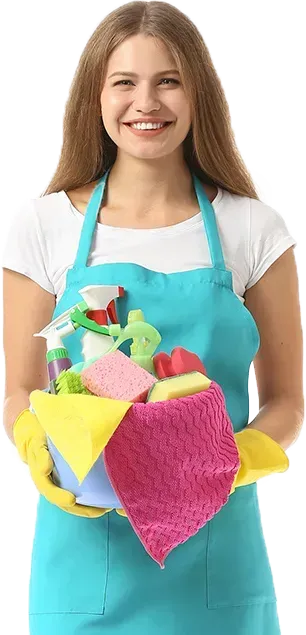How to Effectively Clean Mould Off Walls
You wouldn’t know it until you see it (or until a mould cleaning expert tells you you have one), but mould can be lurking on your walls without you even knowing about it. The rainy season makes the humidity go up and the temperature drop. That’s when mould likes to make its home on walls.
Mould can also grow behind wallpaper or other coverings, as well as inside wall cavities. It is important to remove mould from your walls because not only is it unattractive, but if left unchecked, it can lead to more serious issues with moisture.
Mould has a bad reputation, but in small amounts in your home won’t hurt you. However, too much exposure can result in adverse reactions such as headaches, nausea, and asthma attacks.
There are quite a few different ways on how to clean mould off walls; here are some of the best methods for getting rid of mould on walls:
How to Remove Mould Yourself
If you have a small amount of mould, you can do mould removal yourself with some household supplies.
Step 1. Identify the Mould and What Is Causing It
The first step is to identify where the mould is and what is causing it. Mould needs three things to grow: warmth, food, and moisture.
Look for signs of water damage like peeling paint, discolouration, or warping. These are all signs that there is too much moisture in the area and mould might be present.
Once you’ve identified where the mould is, you need to figure out what is causing it. Is there a leaky pipe? Is the area near a window where condensation forms? Is there poor ventilation in the room?
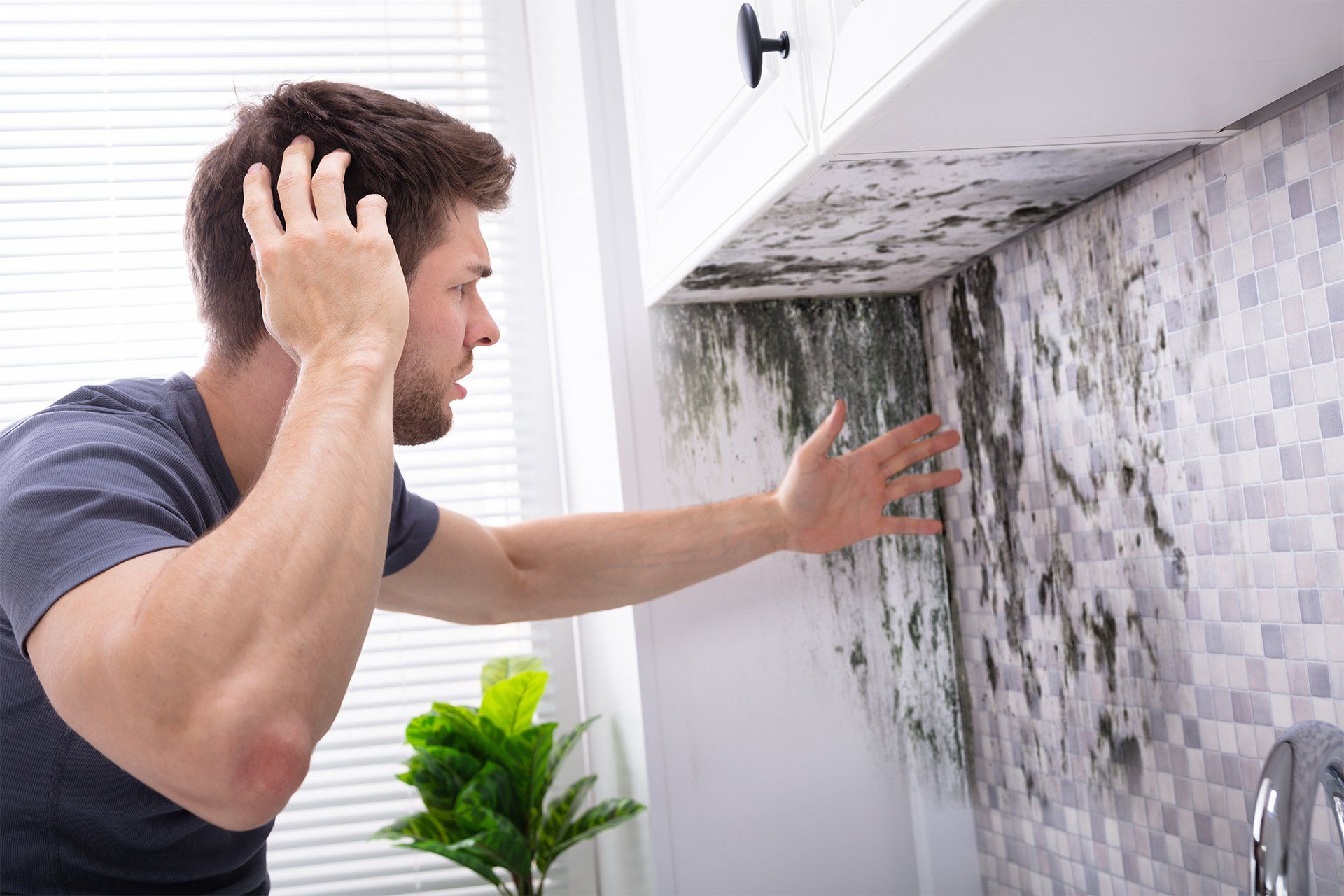
Open all the windows and doors to let fresh air in. If you can, turn on a fan to help circulate the air. You want to do this before you start cleaning because it will help to remove any spores that are in the air.
Step 2. Prepare a Cleaning Solution
The next step is to prepare your cleaning solution. You can use a bleach and water solution or vinegar.
To make a bleach and water solution:
- Mix one cup of bleach with one gallon of water.
- Pour the solution into a clean spray bottle.
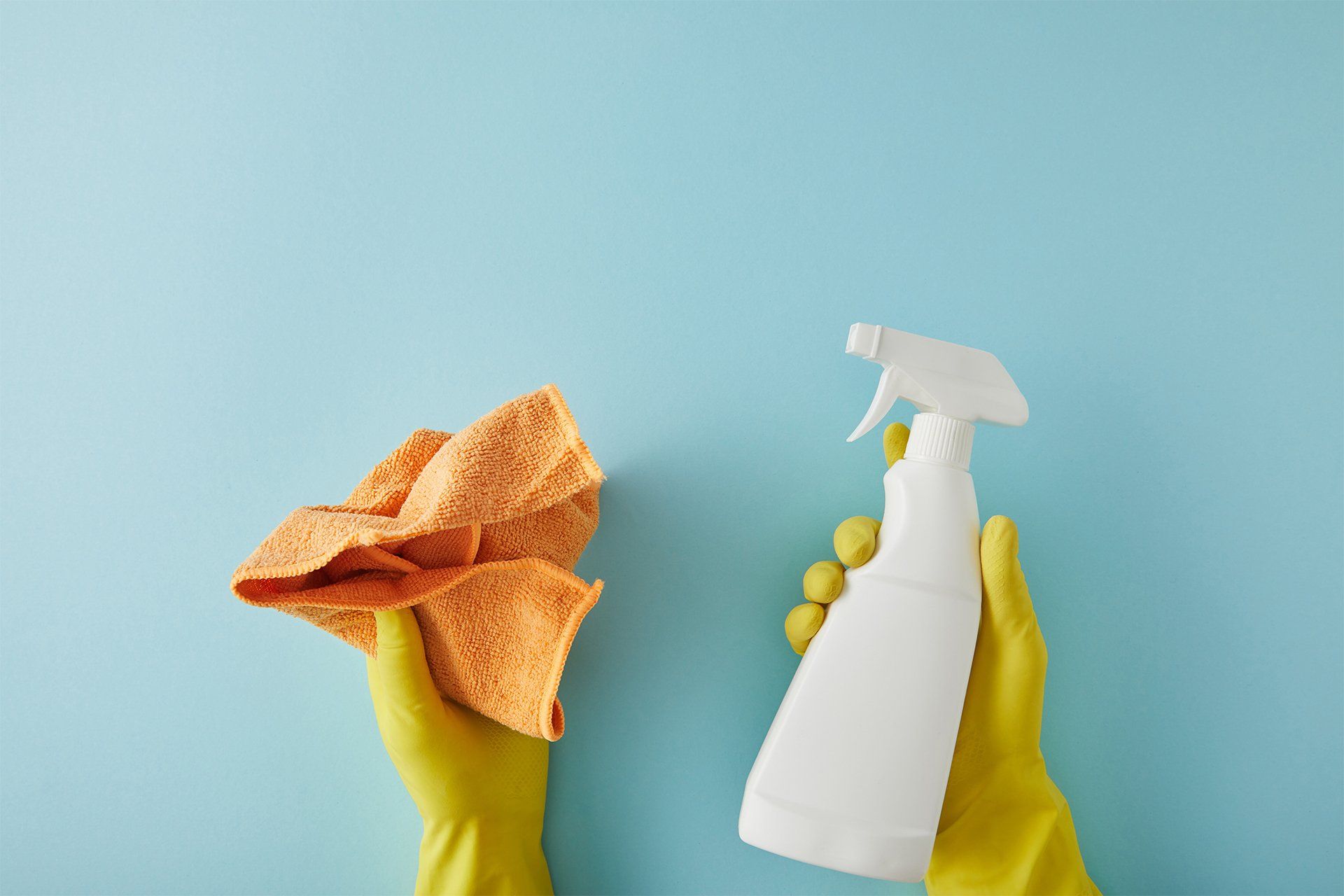
In many cases, household detergent or white vinegar will be sufficient to remove mould. Here's how to make a white vinegar solution:
- Mix equal parts of water and vinegar.
- Pour the solution into a clean spray bottle.
This solution is applicable to both nonporous and porous materials, such as drywall.
Step 3. Clean the Mould With a Sponge or Cloth
Once you have your cleaning solution, follow these steps for removing mold:
- Wear protective clothing and put on rubber gloves, goggles, and a mask to protect yourself from the fumes.
- Spray the mouldy area with your chosen cleaning solution.
- Let the solution sit for about 15 minutes so it can kill mould.
- Scrub the area with a scrubbing brush to remove the mould.
- Wipe the area down with a clean microfibre cloth or sponge.
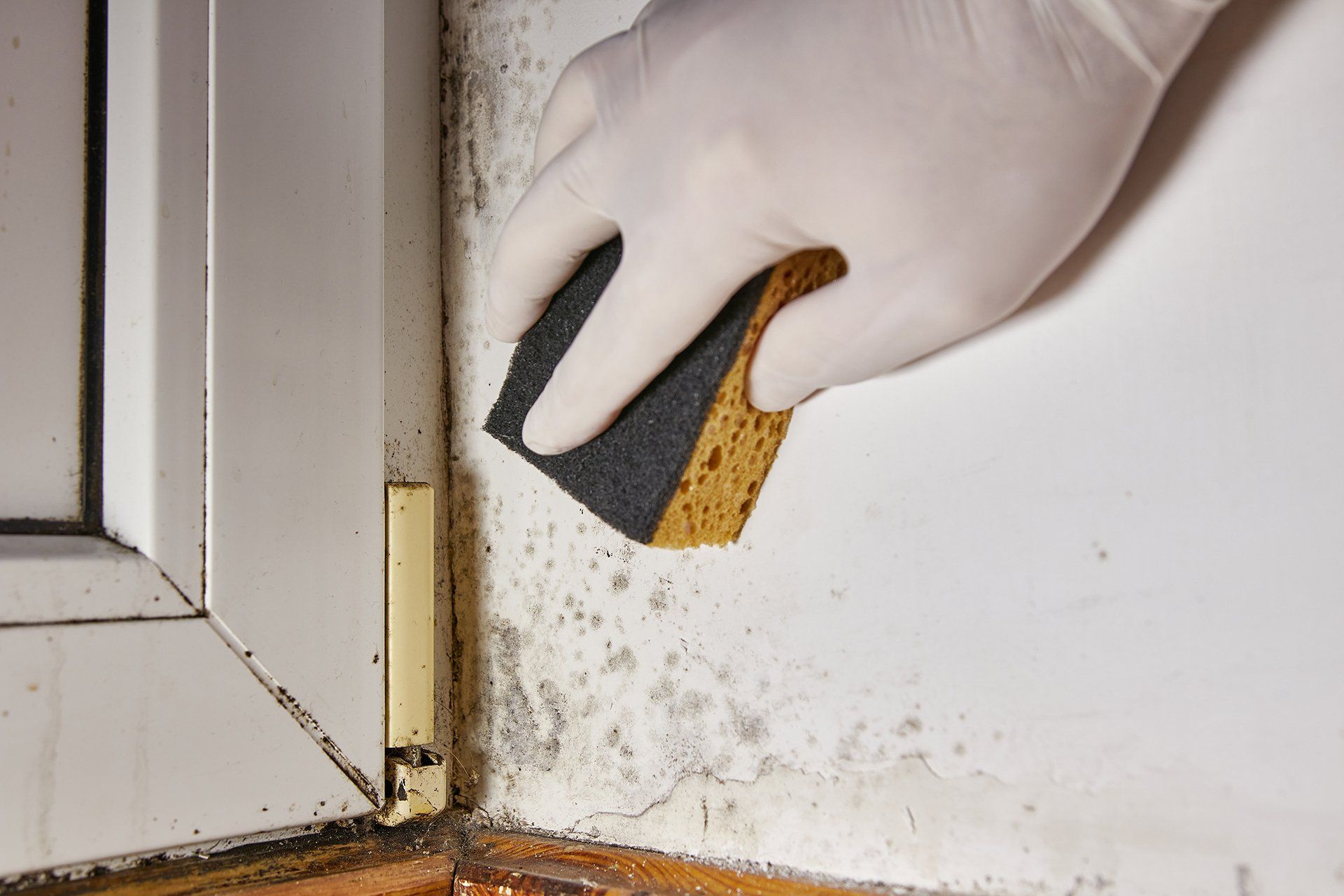
Step 4. Rinse off the Cleaning Solution and Allow Walls to Dry
After you’ve scrubbed the mouldy area, it’s important to rinse off the cleaning solution. You don’t want to leave any residue behind because it could lead to more mould growth.
To rinse off the cleaning solution:
- Spray the area with clean water.
- Wipe the area down with a clean cloth or sponge.
- Let the area air dry or use a fan to help speed up the process.
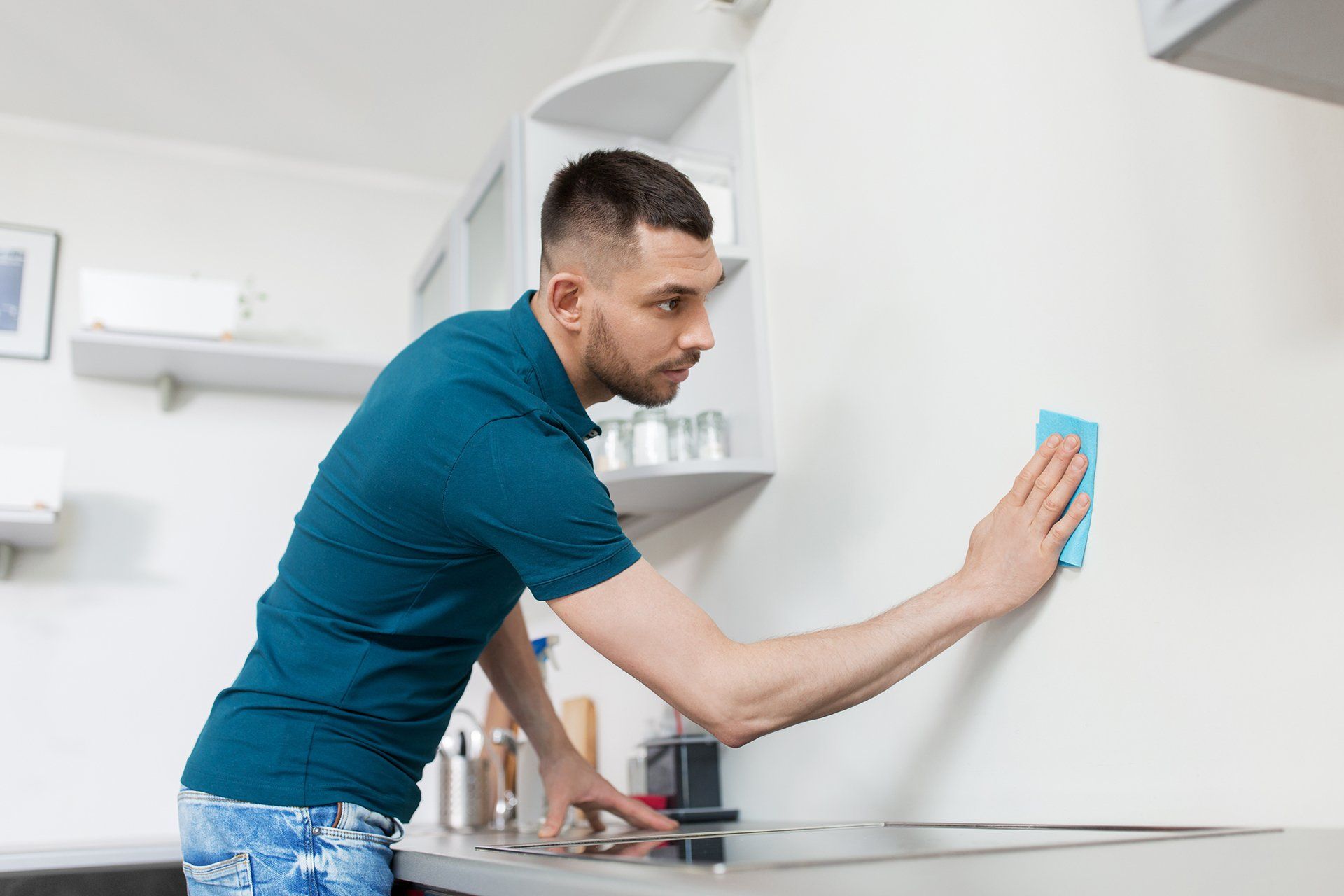
Mould removal can be a time-consuming process, but it’s important to do it regularly to prevent bigger problems down the road. Mould spores in the air can cause structural damage to your home and negatively affect your health, so it’s best to nip it in the bud as soon as you see them.
Step 5. Seal Any Cracks or Holes That May Be Allowing Moisture In
Once you're done with mould removal, it’s important to take measures to prevent it from coming back. One of the best ways to do this is to seal any cracks or holes that may be allowing moisture in.
To seal cracks and holes:
- Use caulk to seal any cracks around windows, doors, or baseboards.
- Use weather-stripping around doors and windows to keep cold air from coming in.
- Repair any leaks in your roof, gutters, or pipes.
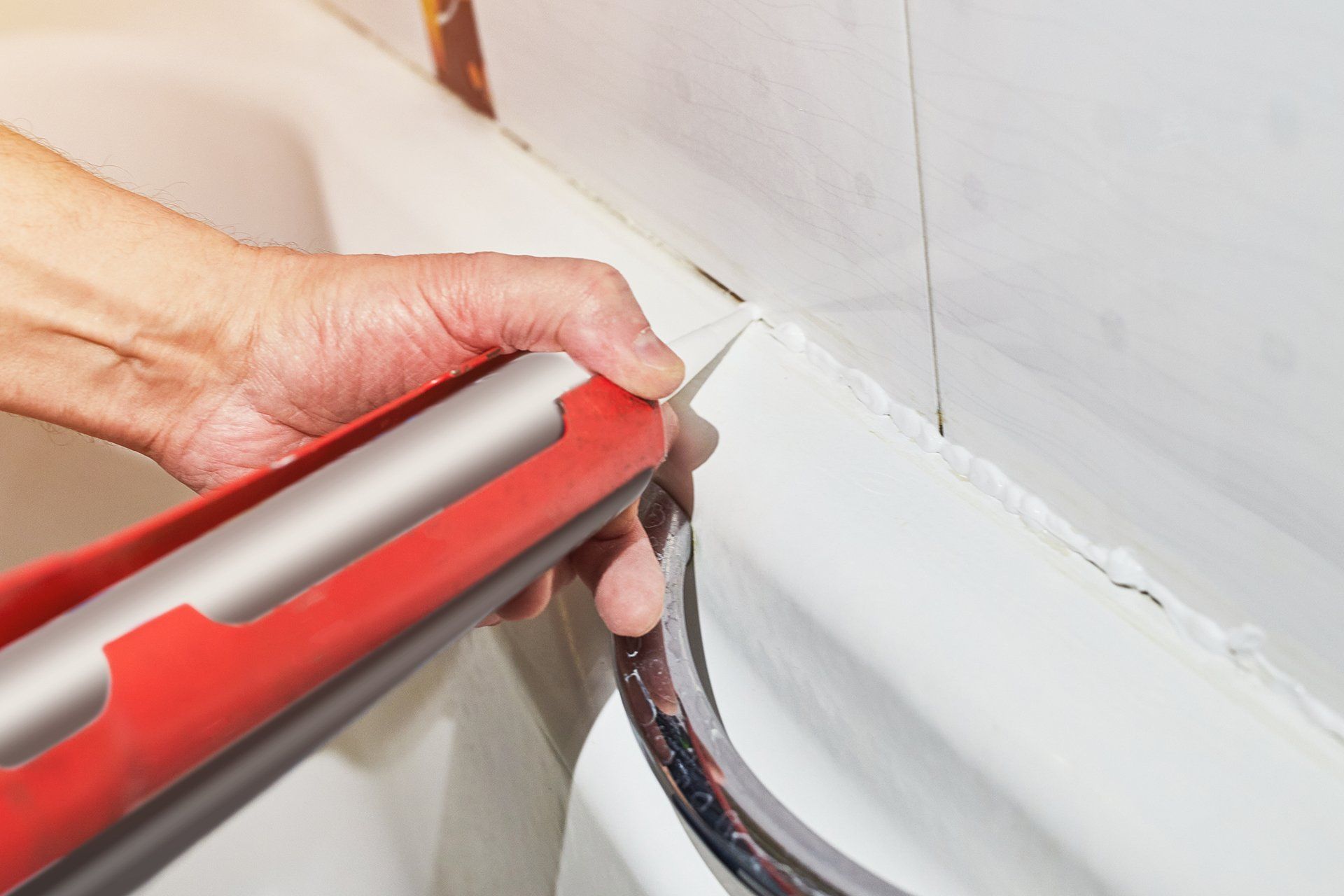
By taking these preventive measures, you can help keep mould growth from happening again and damaging your home and health. Regular cleaning and maintenance will also go a long way in keeping your home mould-free.
Step 6. Repeat if Necessary
If you find that the mould keeps coming back or if the area is particularly large, you may need to repeat the cleaning process.
Other Ways to Prevent Mould
In addition to cleaning and sealing, there are other things you can do to prevent mold growth in your home:
- Use a dehumidifier to keep the air dry.
- Run fans in your bathroom and kitchen after cooking or showering.
- Keep the temperature in your home between 20-23C.
- Make sure your home has enough ventilation.
By following these tips, you can help keep surface mold spores at bay and create a healthier environment for yourself and your family. If you suspect that you have a mould problem, don’t hesitate to take action—the sooner you address it, the better.
Get Your Space Looking Perfect
If you don’t have the time or resources to do the tips above yourself, it may be best to hire a professional if the mould problem is extensive. A professional will have the proper equipment and knowledge to safely remove the mould and prevent it from coming back.

